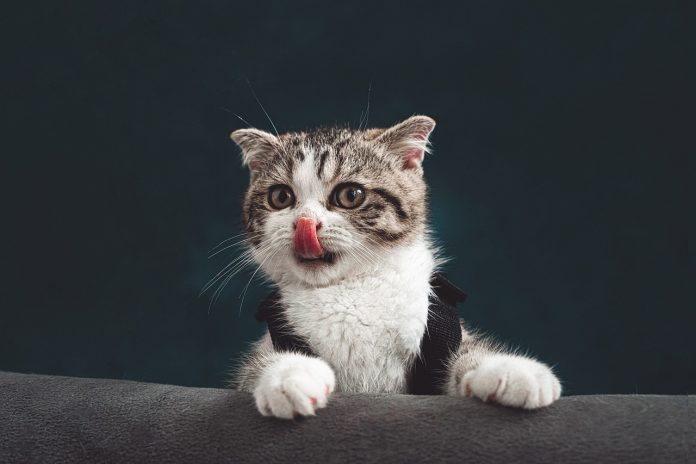The intelligence of animals and humans is a difficult and multifaceted question. Is it possible to compare the cognitive abilities of pets, such as dogs and cats, with infants intelligence? And if so, how exactly? The answer to this question depends on how we define "intelligence" and what criteria we focus on.
Dogs have the capacity for certain cognitive functions that can be compared to the level of development of young children. Stanley Koren, a professor of psychology at the University of British Columbia, notes that although it is impossible to accurately compare the intelligence of dogs and people, some dog skills are close to those inherent in children. For example, an average dog can understand about 165 words and teams, and some dogs are even able to absorb more words. Most dogs also have basic account skills capable of distinguishing the number of objects up to three. Understanding the cognitive abilities of dogs helps to evaluate their "mental age". For comparison, the mental age of the average dog approximately corresponds to the level of development of a 2.5-year-old child, when it comes to vocabulary, emotional awareness and ability to figure. This is an interesting observation because it turns out that dogs cannot feel guilty, as many owners believe. The shyness of dogs after punishment is often a response to fear of consequences, not a true understanding of their actions.
Compared to dogs, the study of cat intelligence is much less frequent, and most scientists agree that cats have developed their cognitive abilities to solve other evolutionary tasks, in particular for hunting. Jennifer Won, a scientist from Auckland University, notes that although cats do not have the same motivation for self -improvement as people, their intelligence still deserves attention. Cats are able to learn, adapt to new situations and memorize important information, such as the location of the food they have seen earlier. In addition, cats have a good memory and understand the concept of an object's sustainability - that is, they understand that objects continue to exist, even if they are not visible. It is similar to how human babies develop an understanding of the permanence of an object at the age of 4 to 10 months. However, it makes no sense to compare the intelligence of cats with human intelligence, because each species has its own unique features that meet its evolutionary needs. Cats are not interested in developing their intelligence for self -improvement, which distinguishes them from people. Comparing animals and humans is a difficult task because different types have evolved to perform different functions. Dogs, for example, have the ability to social interaction and understanding teams, which makes them especially useful for people. Cats, on the other hand, adapted to the role of independent hunters, which allows them to have excellent skills in finding food and orientation in space.
When assessing animals intelligence, it is important to remember that they have their own ways to solve problems and various evolutionary strategies. The intelligence of cats and dogs is not better or worse than human, but it corresponds to their natural role in the world. Understanding these features can help animal owners understand their pets better and create more comfortable conditions for them.


